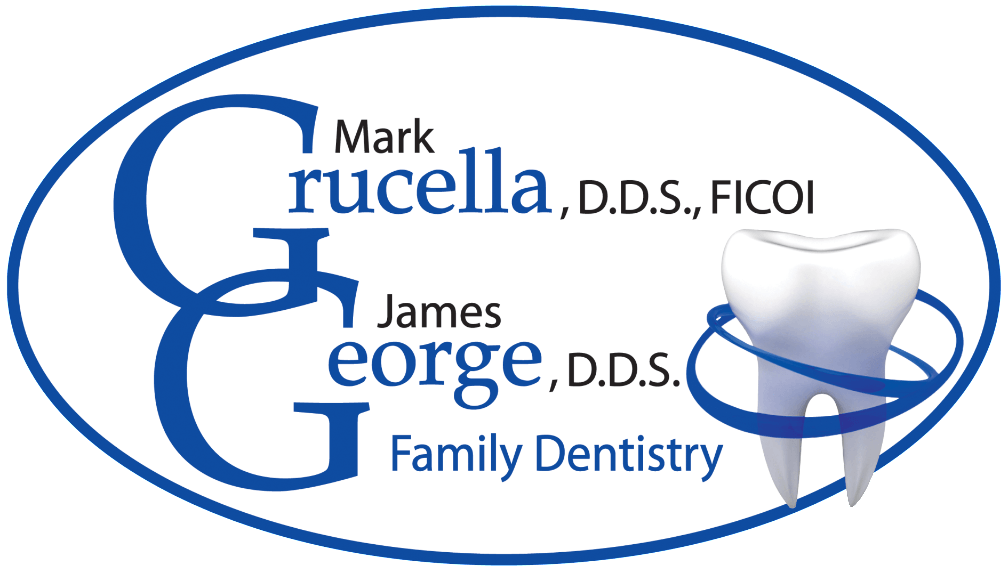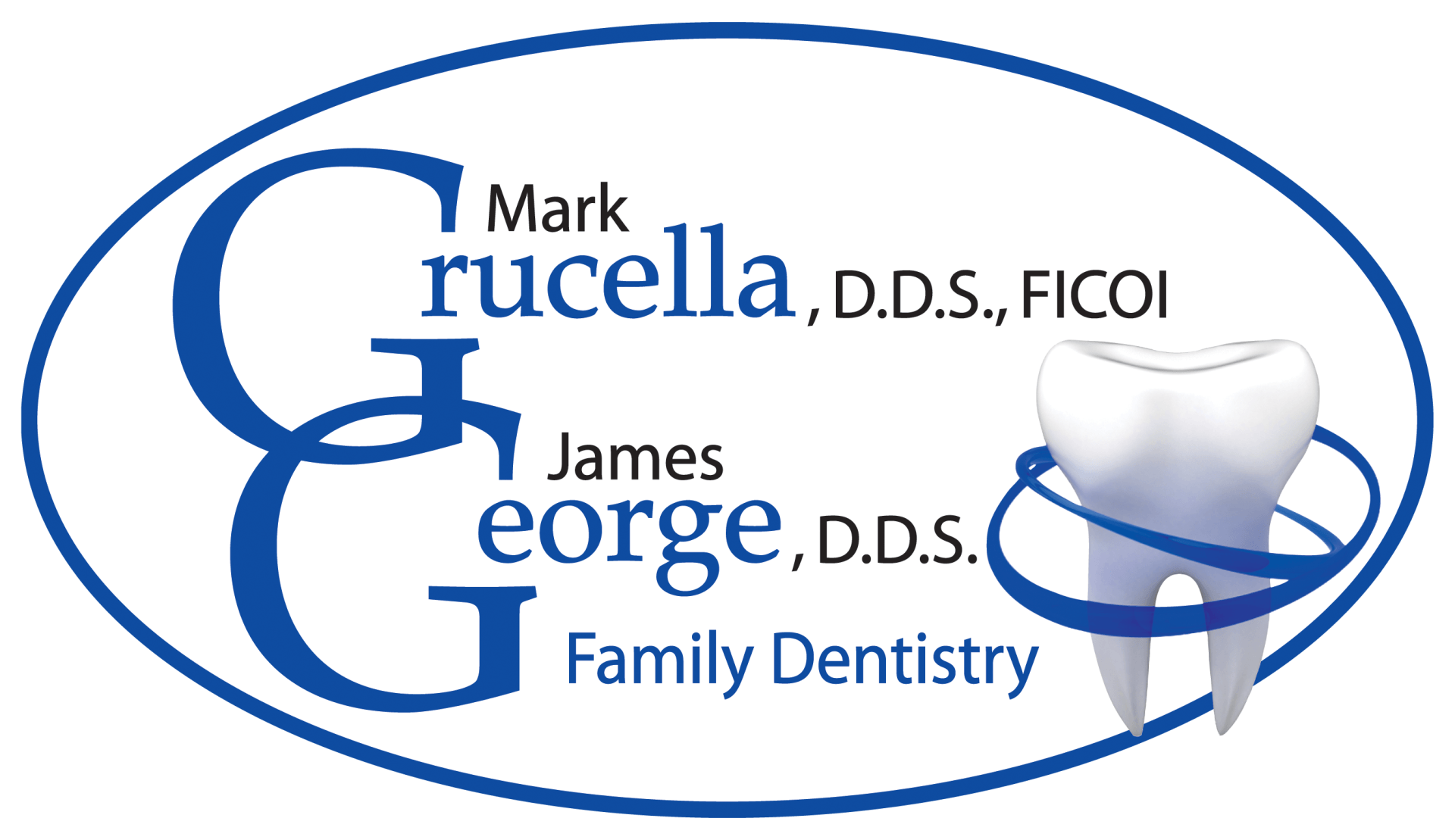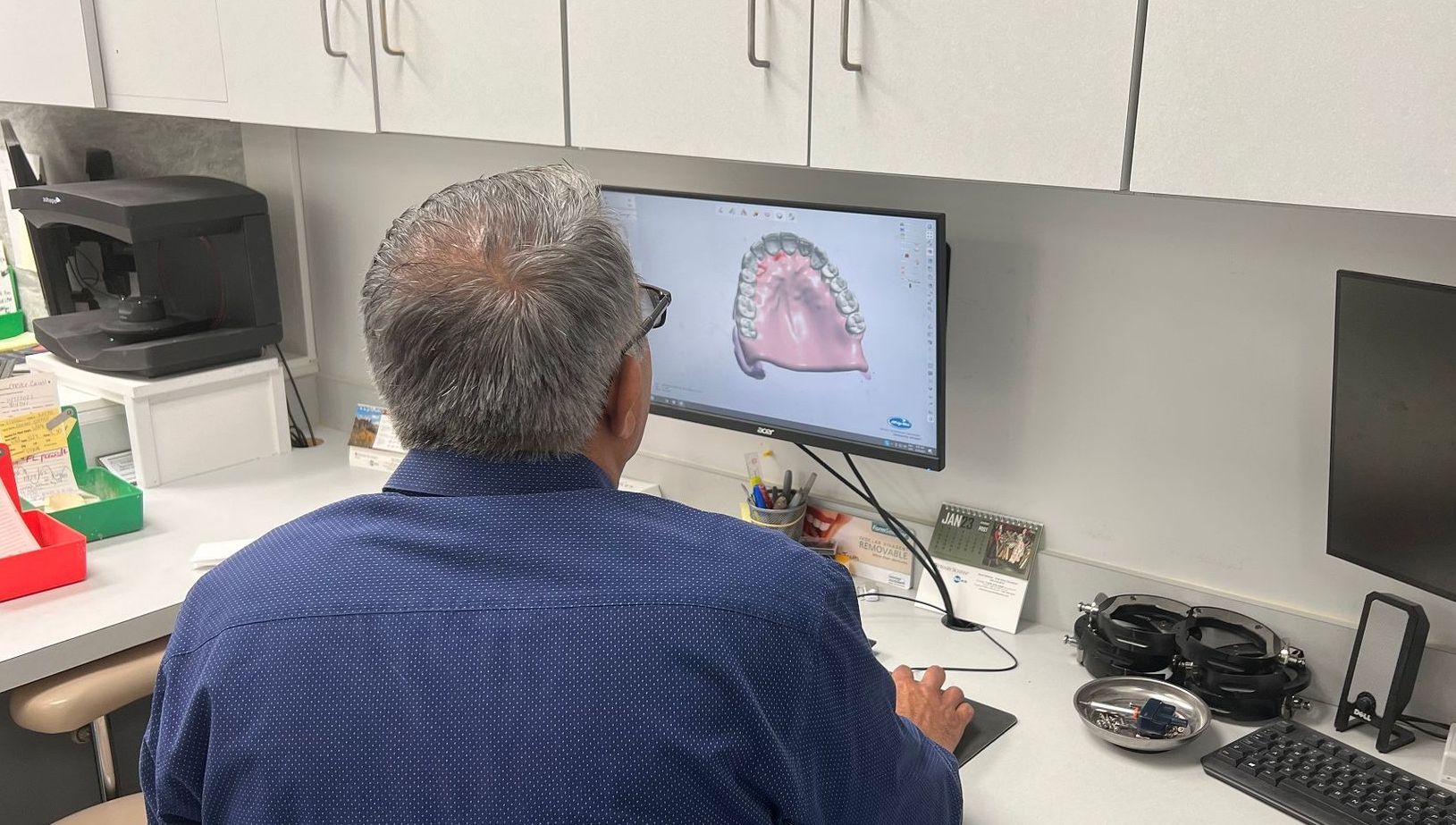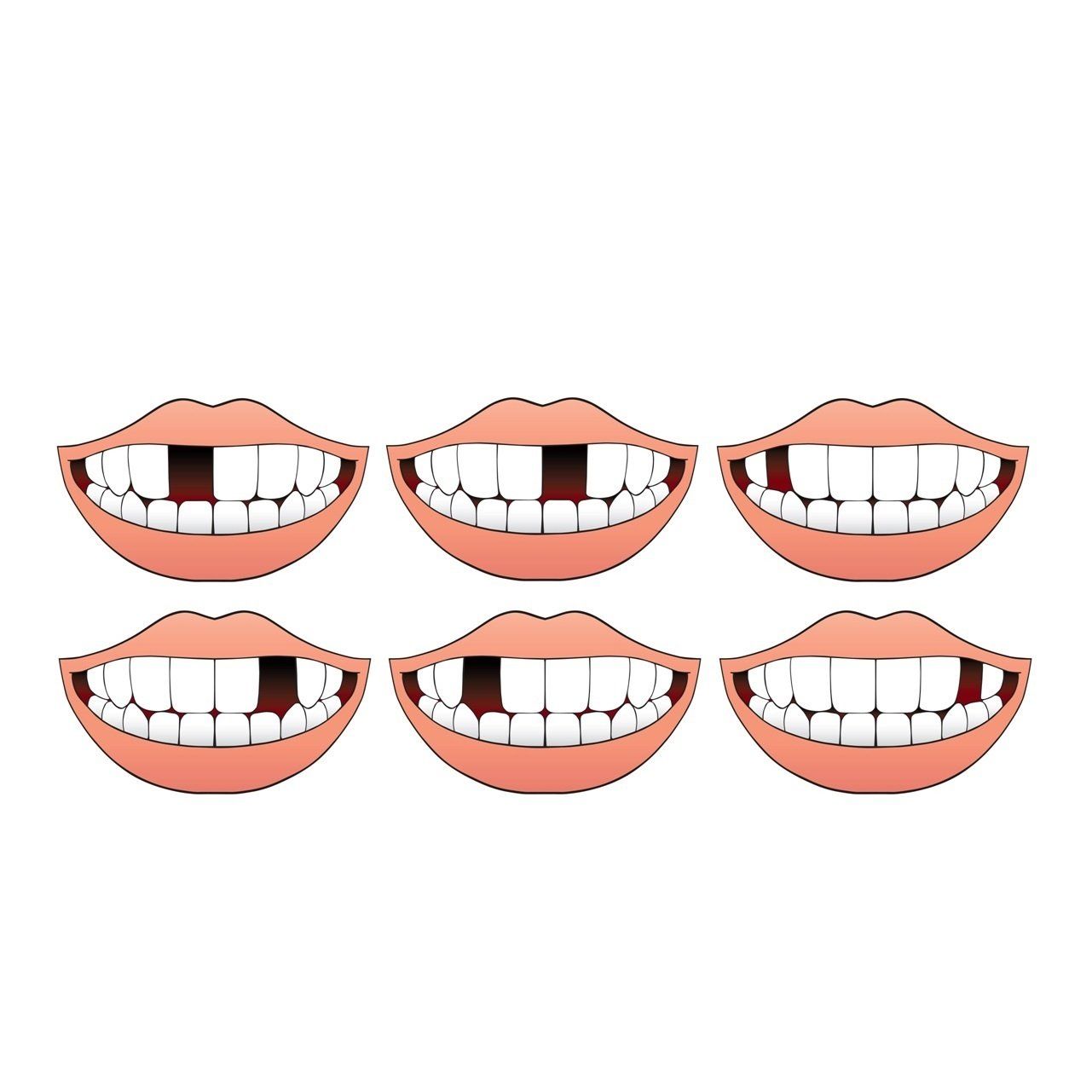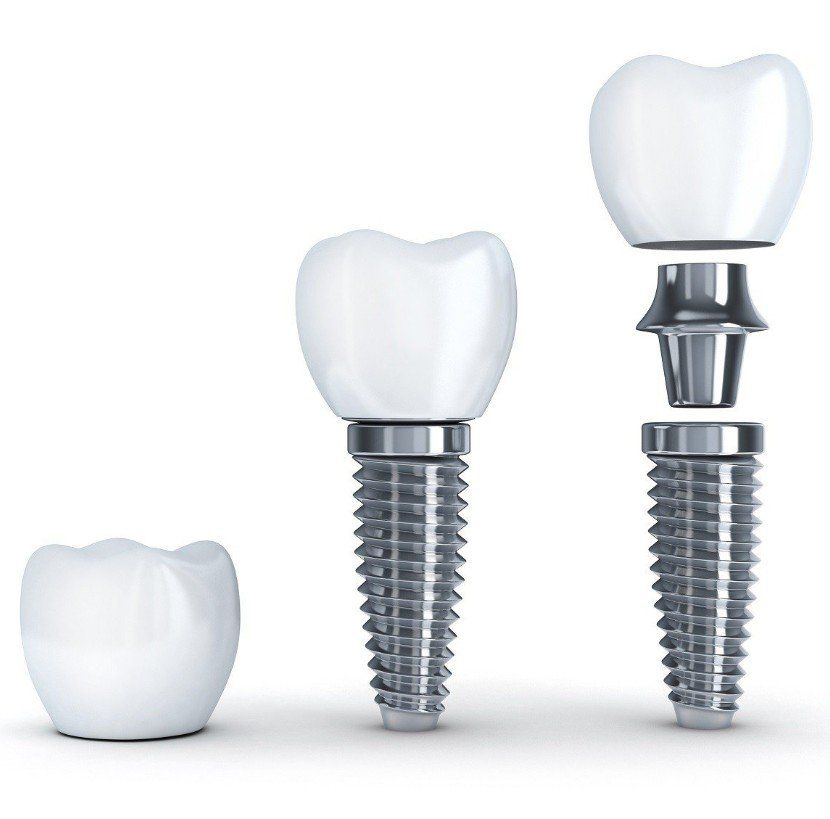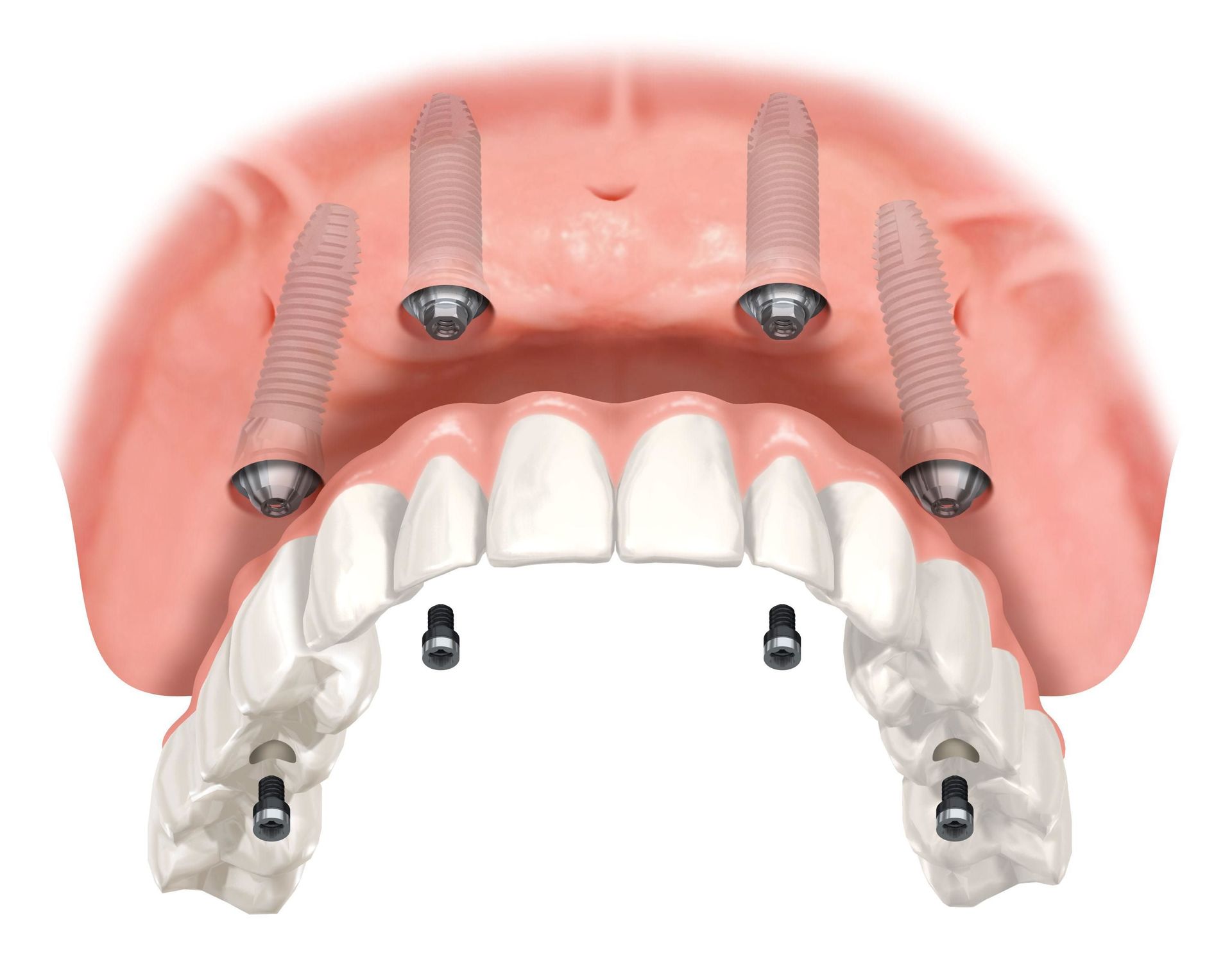Don’t Give Dental Insurance Companies a Year-End Bonus
Dental insurance is one of the most popular and valued benefits an employee or self-employed individual can have. Everyone who is covered by a dental insurance planshould take advantage of everything their dental insurance plan offers to realize its full value.
The best place to start understanding your annual dental benefits is by reading your benefits information booklet that is provided to you by your employer or dental insurance provider. Most dental insurance plans are focused on preventative care. They want to see you take care of your teeth and gums daily to avoid serious problems and expensive treatments in the future. As a result, most dental insurance plans pay 100% or nearly all the costs of routine dental check-ups, including professional cleanings and examinations. However, dental insurance plan coverages are subject to annual maximum amounts which are more fully defined and described as follows:
Three Levels of Dental Coverage
The majority of dental insurance plans offer three (3) categories or levels of coverage. Each level provides specific types of dental care treatments which may be covered by dental insurance at different percentages. The three typical categories are:
Category I – This level includes treatments and procedures that are of a preventative nature such as routine dental check-ups, cleanings, and examinations. Most dental insurance plans cover 100% or nearly all the costs associated with Category I.
Category II – This level includes treatments and procedures such as fillings, extractions, and gum treatments. Most dental insurance plans cover a slightly lower percentage of the costs for Category II compared to Category I. For example, 80% of the costs instead of 100%.
Category III – This level includes treatments and procedures that are classified as major dental care treatments and as a result, the insurance coverage is at a significantly lower percentage than Category I or Category II. For example, 50% of the costs of a treatment or procedure instead of 100% or 80%.
Enhanced Benefits
Many dental insurance plans now offer additional enhanced coverages for individuals with specific types of health conditions where additional dental care has proved to be helpful. For example, individuals with diabetes, or heart conditions.
Benefit Period of Dental Insurance Plans
Dental benefits are typically calculated within what is known as a “benefit period” and most benefit periods have a duration of one year before they expire and are re-calculated for the next year. While most follow a calendar year, not all do. Some are on a fiscal year basis. Therefore, it’s important to know exactly the start and end dates for your benefit period and where you are at in that time frame so that you can take full advantage of the coverage offered during the benefit period.
Annual Maximum Amounts of Coverage
It’s common for dental insurance plans to have what’s known as “annual maximums”. This is the maximum dollar amount a dental insurance plan will pay for dental care within a benefit period.
While the annual maximum
amount varies between different dental insurance providers, the average tends
to be in the ballpark of $1,000 per year, per person. The annual maximum
usually renews on January 1st (if your benefit period is on a
calendar year basis). Any unused amounts will not roll-over from one year to
another. Therefore, it’s best to use them before the yearly benefit period runs
out. Otherwise, you will most likely lose them.
Need Help Determining Remaining Dental Insurance Benefits for This Year?
Like most types of health insurance, dental insurance can get complicated and confusing. If you have questions or need assistance with understanding what annual dental benefits you may have left this year, please contact us by calling 330-733-7911 or send us your dental insurance information by visiting our website and submitting your dental insurance information to us privately and securely. Here’s the direct link to our website dental insurance page: https://www.akronbestdentist.com/dental-insurance-information
Hurry! December 31st will be here soon. The year is quickly coming to an end and so are your annual
dental benefits. You don’t want to miss
out on any benefits you have earned and are entitled to receive with the
monthly premiums you and/or your employer have paid to the dental insurance
provider throughout the year. Otherwise, you’ll just be giving the dental
insurance company a year-end bonus.
